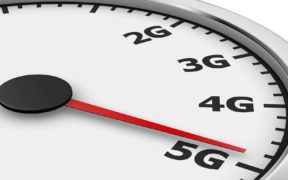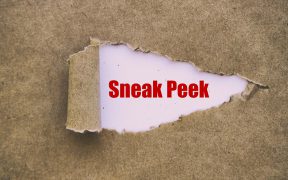Tag: 3D Modeling

A Twitter post popped up in my news feed last week showing a graph of the attenuation values for different types of glass – mainly the distinction between a regular glass window and a low emissions (Low E) window. It was showing that Low E windows have a much higher attenuation value than regular windows—a […]

Have you ever wondered what could be the impact of selecting a wrong wall material in a wireless design project? How about setting the floor plan scale a tad incorrectly or modeling a flat surface instead of an inclined surface? The answer is, seemingly small modeling errors can have huge impacts on network performances and […]

With iBwave R9 about to launch in the coming weeks, we’ve slowly been hinting at some of the features that will be included. This week, we’re here to talk about the new multi-radio/software selectable radio support that will be included in the R9 of iBwave Wi-Fi. Why Multi-Radio APs? As we all know, capacity planning is […]
